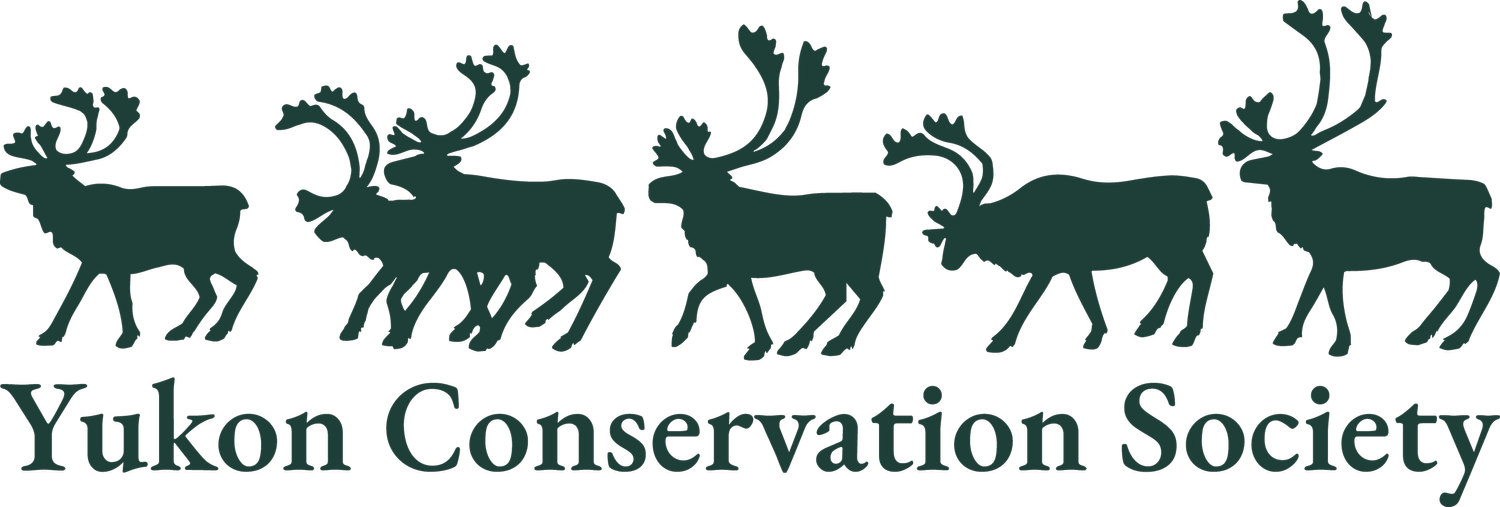Land Planning in the Yukon
A couple of years ago, a trio of idealistic if misguided young people notoriously decided to strike out into the Yukon wild and build themselves a rustic community beside the Yukon River about 20km upstream from Dawson City.
With all the apparently unoccupied and seemingly unused land in the Yukon, they assumed nobody would mind that they just moved out on the land and started building without any permissions or consultation.
Of course, it turned out to be a big problem. In fact, today, all of the Yukon Territory is held by someone: governments, corporations or individuals. This locale was no exception.
So, if you do want to go out on the land, stake a mining claim, build a cabin, put in a road, grow vegetables… What guides decisions about what is allowed and where? What if you have an opinion about an activity in a place that is special to you?
In the Yukon, The Umbrella Final Agreement (signed in 1993) guides the content of all agreements clarifying who owns and manages the land in the Yukon territory.
Today, we need land use plans (or, more appropriately, Land Relationship Plans). From a conservation perspective, land relationship planning helps identify which lands will be protected from industrialization and civilization in general.
YCS participates deeply in many planning efforts in the Yukon. Regional or local land use plans, but also forestry plans, wildlife plans, or conservation plans like Integrated Conservation Action Plans (ICAP) or Indigenous Protected and Conserved Areas (IPCA).
YCS does this by becoming experts on a given plan. We take the time to learn the subject and the process so, when submitted, our comments are well received and can effect change.
But the most impactful way that we operate is by inspiring and assisting the general public to express their own thoughts. It is really important to realize that all these processes are public, even if they don’t always feel that way. Neither do you have to be an academic expert - we all have our own expertise, on one scale or another.
Let's use the west central (or 'Dawson') region as an example. In this general area, different planning efforts are underway:
Regional Land Use Plans (RLUP)
In the Yukon, Chapter 11 of the Yukon Final Agreements lays out how to do RLUPs across all parts of the Yukon covered by treaties.
Thus far, the northern parts of the territory have finished plans, and the Dawson region’s plan is reaching its final stages.
The Tr’ondëk Hwëch’in and the Government of Yukon are the two parties to the Plan.
The first RLUP completed was the North Yukon Plan, on Vuntut Gwitchin Traditional Territories. It took 5 years from inception to approval in 2009.
Next was the Peel Watershed RLUP which became the subject of a massive dispute about how and if the Yukon government had to adhere to the Treaties it had signed with Yukon First Nations. As a result, it took 14 years to complete. It was approved in 2019.
The Dawson RLUP process started in 2009 but was paused for 5 years while the Peel legal issues were resolved. Public consultations on the Recommended plan are open until November 20th.
Integrated Conservation Action Plan (ICAP)
The ICAP is one outcome of the Yukon South Beringia Priority Place Initiative (YSB PPI). This is the northern representative of a Canada wide effort to complement the species and place focused approach to conservation exemplified by the Species At Risk Act (SARA) and the National Parks Act by involving local people in finding approaches to conserve special ecosystems.
Yukon South Beringia, notably, hosts the remains of the Mammoth Steppe, the ancient grasslands that once stretched from here across Asia to Spain.
Indigenous Protected and Conserved Area (IPCA)
Layered on top of RLUPs and ICAPs is another way to preserve relationships with the land- Indigenous Protected and Conserved Areas (IPCAs). We don’t have any of these yet, but the Tr’ondëk Hwëch’in have proposed one as part of the Dawson RLUP and the Kaska Nation have been trying to get one in their sovereign territory for several years.
So, what does this combination of land use plans, an ICAP and potential IPCA mean for the prospects of conservation in the Dawson region and the Yukon as a whole?
Used wisely, they can reinforce each other. For example, the Yukon South Beringia ICAP can recommend an IPCA in the Dawson RLUP to increase the level of conservation on lands that are not formally protected in the form of a park. They can all be seen as different ways to protect the land, its biodiversity.
In the following weeks, YCS' main focus will be on the Recommended Dawson Regional Land Use Plan. This is the last chance the public has to weigh in on what the Final Recommended Plan will contain. Similar to the Peel Watershed RLUP, organizations like YCS can influence decisions by crafting written submissions, holding public information events and talking directly to Planning Commissioners and Tr’ondëk Hwëch’in and Yukon government planners.
Stay tuned as we prepare for public comments on the Recommended DRLUP!




